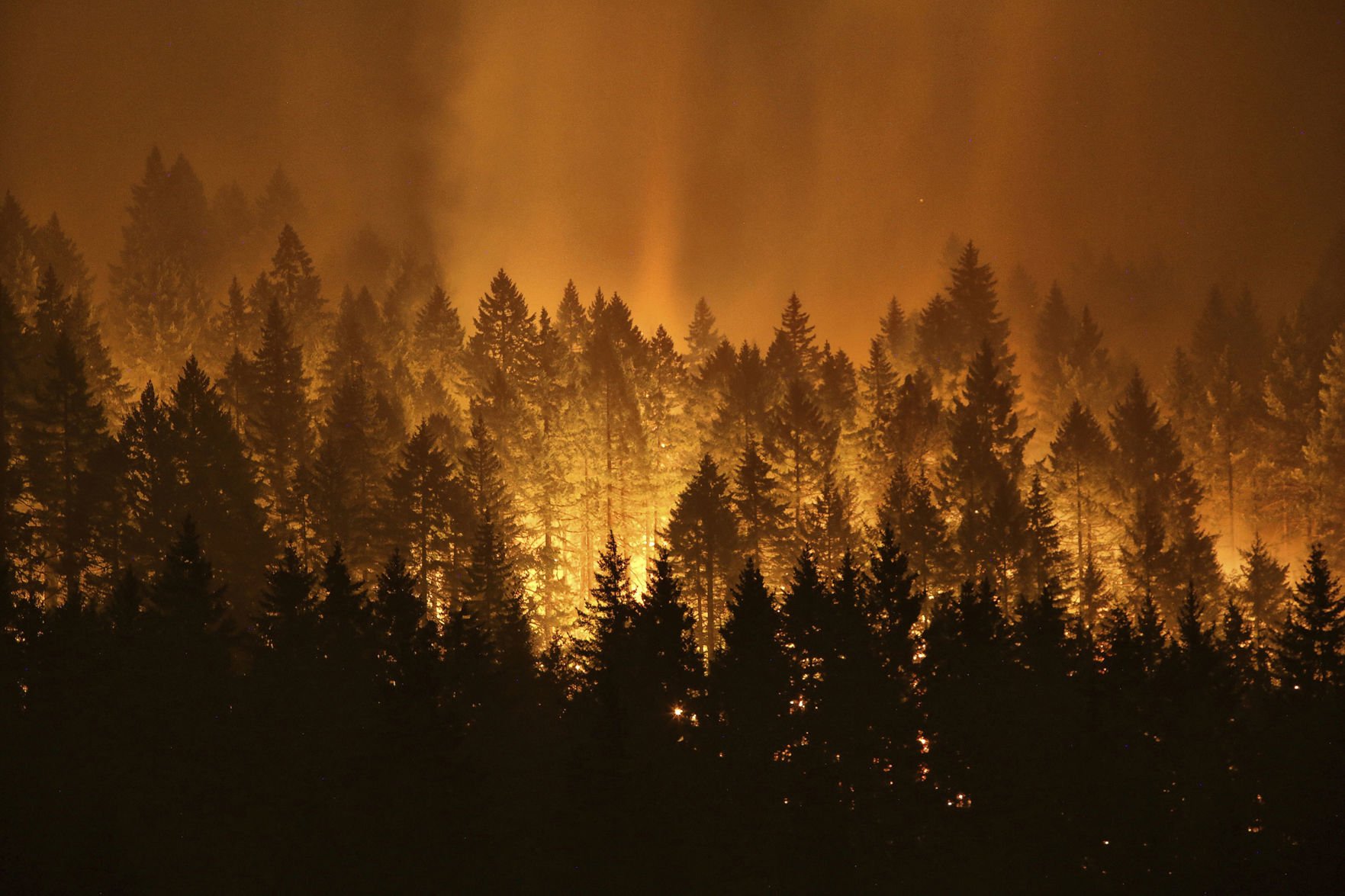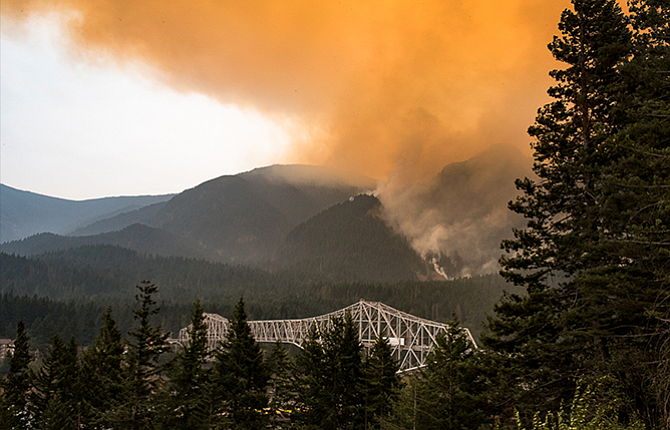

The fire is less than one acre in size and burning in mixed live and beetle killed conifer trees. The Pyramid Fire is south and above Pyramid Lake in North Cascades National Park.


The Plumas National Forest essentially burned to the ground as a result of “managed fire” in the early stages of the August Complex.Following the extensive storm activity the past 72 hours, two small active wildfires have been observed and are being suppressed. The issue is that no one is keeping track of the cumulative impacts of these fires on timber outputs, range condition, site conversion, and other key elements that would tell us if our “managed fire” paradigm is doing good or doing harm. (Victoria Christensen 2019) “Restoration wildfire” has become a religion. I also know that several of the fires, from California to Oregon, were not attacked in the early stages because of the amorphous and aspirational objectives of “using unplanned fire in the right place at the right time” to “reintroduce fire to fire-depleted ecosystems. I know that the fire situation was dire and that weather and fuel played a huge role. We need an honest accounting of the percentage of acres burned on purpose to meet “managed fire” objectives, how many acres were lit by fire crews, and how many miles of fireline was constructed indirectly for the purpose of big boxing these fires. Thanks and a tip of the hat go out to Bob. The photo was taken during a very strong wind event. GOES-17 photo of smoke from wildfires in Washington, Oregon, and California at 5:56 p.m. Hot-Dry-Windy Index for Oregon’s Willamette Valley for the 10 days prior to September 9, 2020, and projected for September 9-15. The strong winds occurred September 7-9, and most of the growth of the Labor Day fires was during that period. During the 10 days prior to September 9 it was above the 90th percentile on nine days. The HDWI for Oregon’s Willamette Valley was far above the 95th percentile September 6-9, 2020. In preliminary data that had not been peer reviewed when we wrote about it February 20, 2019, the HDWI was far more useful than the Haines Index in predicting the growth of the Chetco Bar Fire which burned over 191,000 acres in Southwest Oregon in July, 2017. To be more precise, it is a multiplication of the maximum wind speed and maximum vapor pressure deficit (VPD) in the lowest 50 or so millibars in the atmosphere. It is described as being very simple and only considers the atmospheric factors of heat, moisture, and wind. The Hot-Dry-Windy Index (HDWI) is a new tool for firefighters to predict weather conditions which can affect the spread of wildfires. The authors called that the “Plain Language Summary.” To drill down even more into Plain Language, the conditions in Oregon were hot, dry, and windy.
#FIRE IN THE CASCADEA DRIVERS#
While neither of these individual factors was unprecedented, the concurrence of these drivers created conditions unmatched in the observational record.” Downslope offshore winds materialized during September 7–9, 2020 across the Oregon Cascades bringing exceptionally strong winds and dry air that drove rapid rates of fire spread. Unusually warm conditions with limited precipitation in the 60-days leading up to the fires allowed for fuels to become particularly dry and combustible by early September. “A compound set of weather-related factors leading up to and during the fires facilitated these extreme fires. The fires damaged over 4,000 structures, led to several fatalities, placed over 10% of the state’s residents under some level of evacuation advisory, and contributed to the hazardous air quality across the Northwestern United States. The Labor Day fires burned more area of the Oregon Cascades than had burned in the previous 36 years combined and very likely exceeded the area burned in any single year for at least the past 120 years. “Several very large fires in western Oregon spread rapidly during an unusually strong offshore wind event that commenced on Labor Day in 2020. That led to an unprecedented number of acres burned in the Oregon Cascades, about 11 percent of the mountain range, and more than the previous 36 years combined.īelow is a summary of research published last month titled, “ Compound Extremes Drive the Western Oregon Wildfires of September 2020,” by John T. An analysis of the Labor Day 2020 wildfires in Oregon determined that the combination of high temperatures, unusually dry fuels, and strong winds occurring at the same time was unprecedented in the area.


 0 kommentar(er)
0 kommentar(er)
